Much has been written about the fabulous Leonardo Da Vinci and much of it serves to stimulate what I think we artists feel when we study his work: a kinship.
By some strange way, or perhaps by evolution, when we know more about his approach to art and life we learn that we, too, can understand the genius behind so much output. We can grasp what must’ve been burning in his heart and driving his inquisitive mind. Despite the 500 years separating us, he is not so far removed that we can’t experience the curiosity and desire to not only know the world, but to involve ourselves within it, like he did so well, with art.
Reading so much about what he said and did, I have a different perspective than those scholarly tomes that try to explain the what, why, and how of Leonardo. I am a painter and artist and I feel differently about the man than those who study him without having the longstanding experience of painting or creating.
For example, the Mona Lisa, clearly an experimental work, has been exulted as practically the epitome of accomplishment in painting. (As you read this, crowds of people stand in front of the original as if it were some magical artifact that ‘feels so alive’) We know that he carried this piece around with him for decades, x-rays showing layer upon layer indicating that he worked on it over and over again. Was he attempting to perfect it, or was it an experimental piece that he could easily transport to work on when he wanted to try something or even to see how far he could take it? Certainly the model would have aged over those years, even if he could’ve asked her to sit repeatedly.
The volumes of study about him reveal practical methods and logical assumptions of his genius, but they miss a great deal of the experiential: that precious value that even we, centuries later, have akin to one of history’s great minds.
Below are five perceptive quotes from DaVinci from an article listing twenty. Don’t think of them as sayings of a genius, but rather of a fully engaged person. See if you can accept that. I have written a few comments in addition to some of them for your consideration. As artists and as unique people we only differ from the myriad of other humans that are capable of understanding these thoughts by our artistically focused observations, just like Leo D, and enhanced by…experience.
“Simplicity is the ultimate sophistication.”
Our brain uses a lot of its energy on vision alone. Our eyes can be easily overwhelmed by detail, causing fatigue. Less is more when one learns how to stimulate the observer using fewer confusing forms.
“Poor is the pupil who does not surpass his master.”
Most students misunderstand this idea. The object is not to conquer or get better than your teacher’s skills, as surely all we need do is find lesser skilled instructors. This wouldn’t help anyone reach higher. The idea is to develop your own abilities and make them your own, as you are your best critic and eventually, teacher.
“It had long since come to my attention that people of accomplishment rarely sat back and let things happen to them. They went out and happened to things.”
One cannot sit back and wait for opportunity. Things happen when people take action first.
“I have been impressed with the urgency of doing. Knowing is not enough; we must apply. Being willing is not enough; we must do.”
Fear of perfection can stifle the best of us. If we can’t do something perfectly, we hesitate. That hesitation can paralyze us. The way to jog that notion is to take action, no matter how small or awkward or fearful. To know our work we must apply our education.
“Although Nature commences with reason and ends in experience it is necessary for us to do the opposite, that is to commence with experience and from this to proceed to investigate the reason.”
This reminds me of what is critical to my process: Draw first; think next. Don’t wait for the idea. Build it.



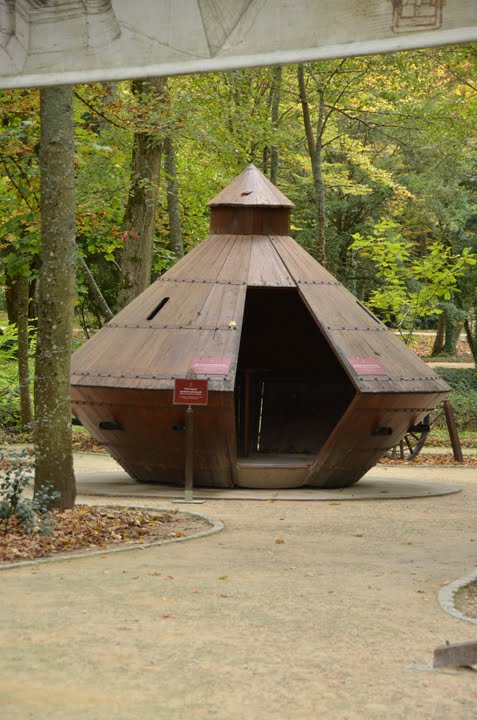
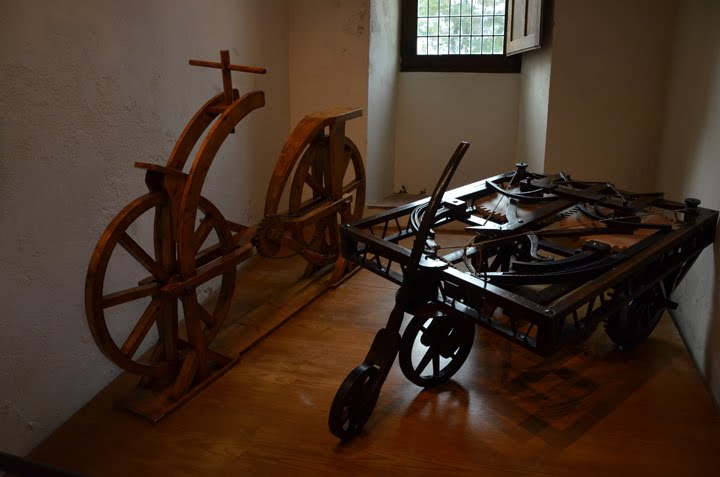
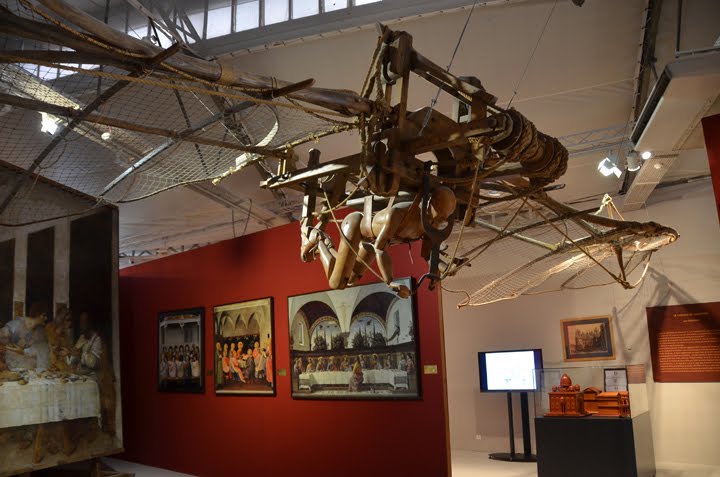
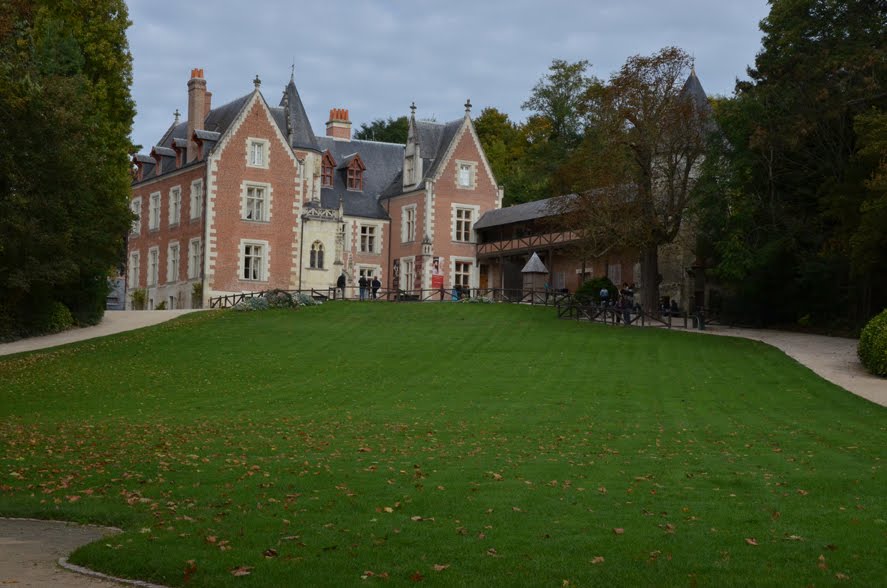
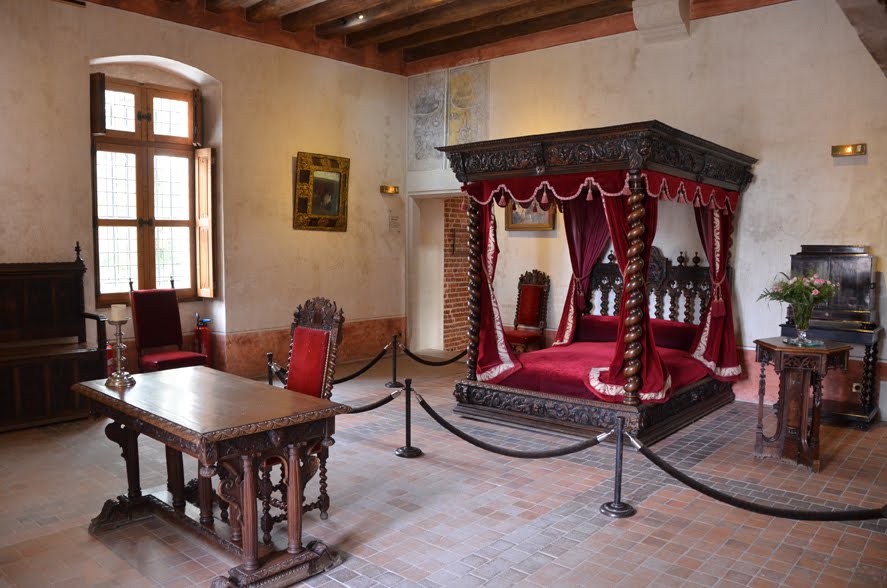
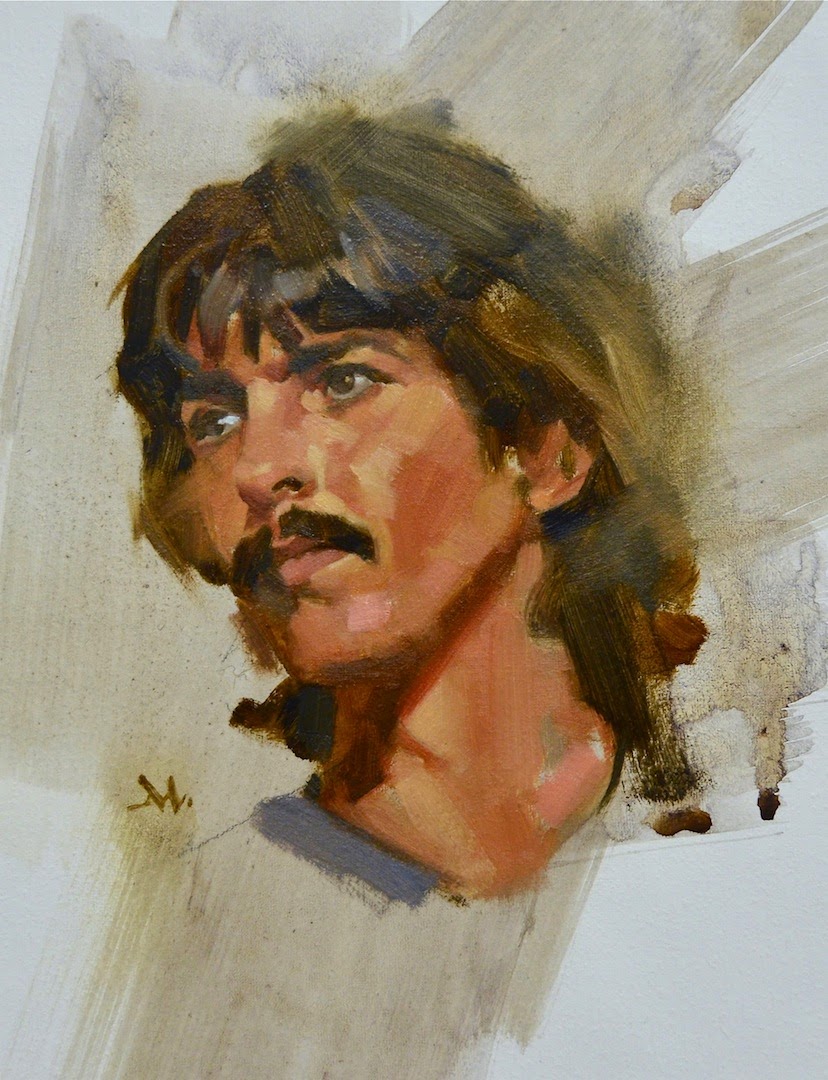
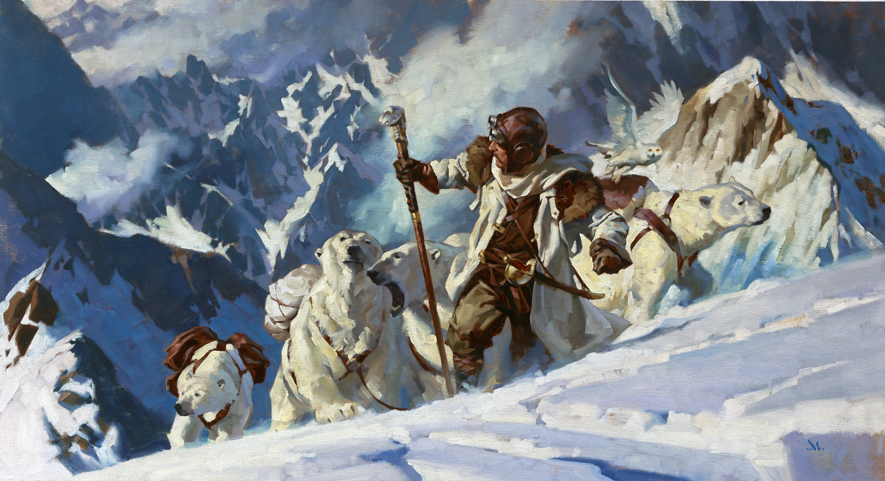
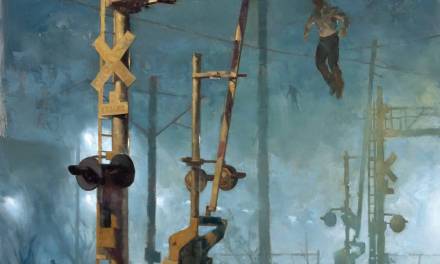
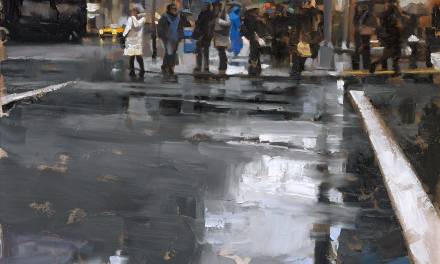
I got a similar feeling when reading his Painting Treatise. It is lovely to see the genius turned into human, to the point to feel like you can relate to him.
Donald Trump Reveals Simple Plan to Help Every American Earn More Money
➜➜➜➜➜➜ http://www.start-cyber.com/
Great quotes. Where in France where these photos taken? I've been planning a trip to there and it might be fun and inspiring to visit.
It's one of the “Chateaux de la Loire”, located in Amboise, called Clos Lucé.
It's a real invitation to dream and imagination.
You can find additional information on the web site of the castle :
http://www.vinci-closluce.com
It's one of the “Chateaux de la Loire”, located in Amboise, called Clos Lucé.
It's a real invitation to dream and imagination.
You can find additional information on the web site of the castle :
http://www.vinci-closluce.com
This is very nice blog i like this blog very much. here more than one important beautiful works will be displayed. thank you for share this wonderful blog i am a writer working with one best dissertation writing service here all essays will provided for your academic life. this is very important one.